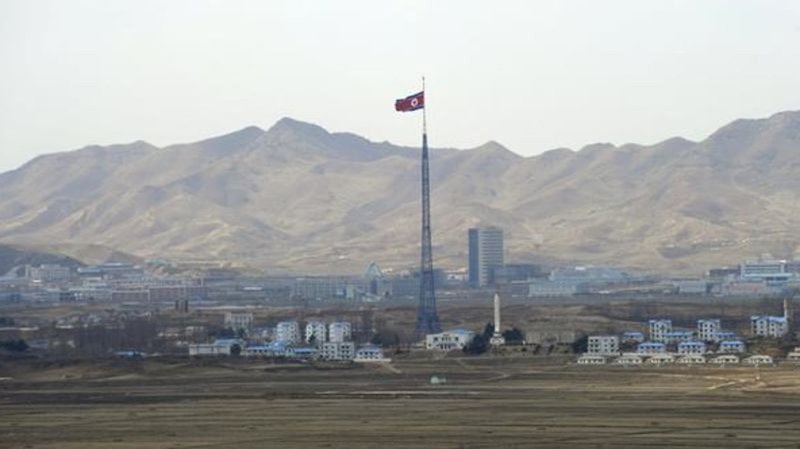
A closer look at Panmunjom, the famous border town where a US soldier crossed into North Korea
Low-slung buildings, blue huts and somber soldiers dot the border village of Panmunjom inside the DMZ, or demilitarized zone, the swath of land between North and South Korea where a U.S. soldier on a tour crossed into the North under circumstances that remain unclear.
The soldier was on a tour of the storied border town, inside the heavily fortified 154-mile-long (248-kilometer-long) DMZ, when the crossing happened, U.S. officials said Tuesday. It remained unknown what prompted the soldier’s actions or what the motivations might have been. The soldier was believed to be in North Korean custody.
The DMZ is lined with observation posts on both sides, whose soldiers watch the border and each other carefully for any signs of transgression. North and South Korea remain technically in a state of war since the hostilities in Korean War ended and an armistice was signed — at Panmunjom — in 1953. Neither nation has direct jurisdiction over Panmunjom, where a concrete slab divides the two nations.
North Korea, whose formal name is the DPRK, or the Democratic People’s Republic of Korea, maintains tight controls on entry and has been known to punish those who illegally cross the border from South Korea into its territory. Not all of the frontier with South Korea is as strictly patrolled as the DMZ around Panmunjom, though it is unclear how intensively the North patrols its side in more remote areas.

